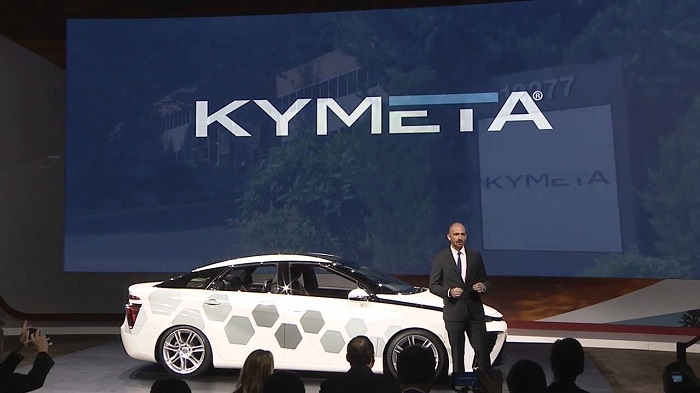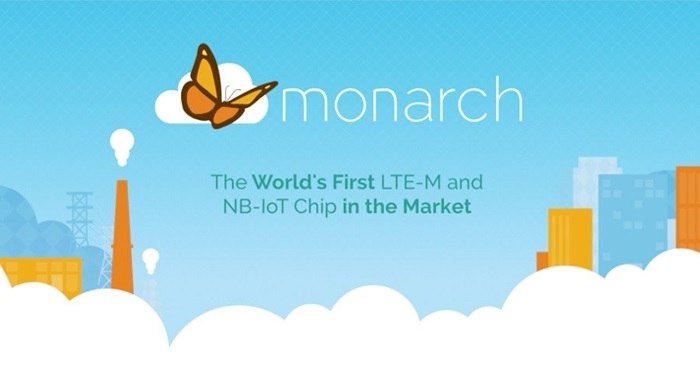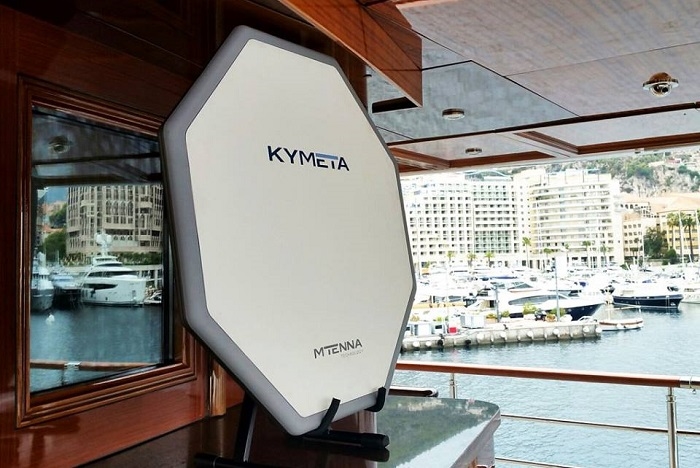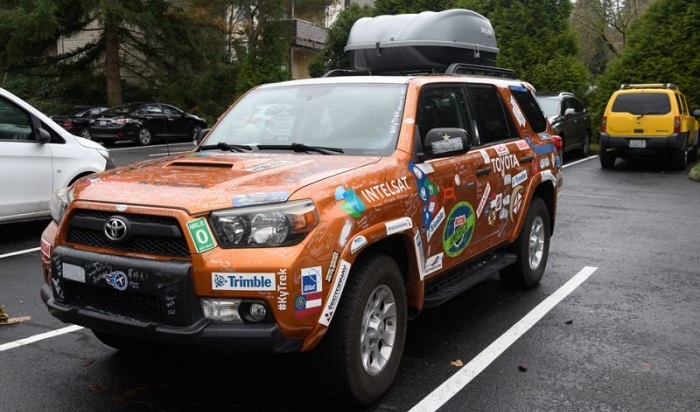
everythingRF interviewed David Fotheringham - the connected vehicle product manager from Kymeta. Kymeta’s satellite technology and services make it easy to bring connectivity to cars, planes, boats and much more. They have used metamaterials to solve some of the satellite industry’s longest standing technical challenges.
Q. Can you give us a brief history about Kymeta - When and how was the company founded?

Kymeta was founded in August 2012 as a spin-off of Intellectual Ventures. Kymeta is using its metamaterials toolkit to make satellite connectivity easy and to unlock new potential in the satellite spectrum for connectivity, especially with an eye on mobility.
Q. What made you want to create antennas for Satellite Communication?
When Nathan Kundtz figured out that the metamaterials toolkit was applicable to radio communications, it was obvious to the project founders at Intellectual Ventures that the beam-forming technology would work well in the microwave bands, and that made the satellite market ripe for disruption.
Q. Can you tell us about the Kymeta antenna technology (mTenna™ technology)? How is it different from current antenna technology?

Currently, in satellite antenna technology you mostly see parabolic dishes and phased array antennas. Kymeta is different because it’s definitely not a dish and don’t just point in one direction. Kymeta is also not a phased array antenna, which have active phase shifters. Kymeta’s antenna is a flat panel, beam-forming metamaterials-based antenna that can work on anything that moves without the use of mechanical gimbles. Kymeta mTenna™ technology consumes much less power using thin film transistor (TFT) to control how energy passes in and out of the antenna, how the antenna forms and points the beam, and various other aspects of control from a software-defined antenna. These antenna solutions can also easily be scaled for mass production - which has been a problem for phase array antennas.
Q. What are the advantages of using Metamaterials in your Antennas? What are some of the challenges in working with these materials?
It takes time to apply new principles to existing manufacturing technologies. We’ve made big breakthroughs in the ability to produce our antennas in volume by leveraging the display manufacturing industries investments in TFT manufacturing. This breakthrough for our company was a game changer for how we make our antennas.
Q. Can you tell us about some uses cases where Kymeta Antennas can/will be used?

Kymeta’s mTenna™ technology is unique in its ability to serve a broad number of markets. It’s a scanning antenna, meaning without any motorization it can scan and track a moving object such as a Low Earth Orbit (LEO) satellite from a fixed position or while attached to a vehicle or vessel.
Today, we’re seeing it successfully deployed to the maritime market, allowing for boat and yacht manufacturers and integrators to massively reduce the profile of the communications array and ballast needed to support high-mounted domes. The systems are being placed in far more discrete mounting locations that conform to the ships silhouette.
We’ve also deployed systems for land mobile, nomadic, and fixed applications. The system can be easily mounted to the roof a car, bus, truck, train, tractor, etc. and provide mobile communications while the vehicle is moving and when paired with a Wi-Fi router, can create a hot spot anywhere it goes. Kymeta recently deployed to both Puerto Rico and Dominica to perform this very function in support of relief efforts in the aftermath of Hurricane Maria.
Additionally, we’re seeing it adopted by the energy industry because it is so easy to setup, works in remote locations, and doesn’t require a technician to service it because it has no motors and can automatically repoint even if the structure it is attached to moves or oscillates.
Q. Kymeta Antennas have been mounted on a Toyota RAV4 to provide connectivity on the move. Can you tell us more about this experiment/application? Do you see satellite connected cars as a big market for Kymeta?

As we head towards the future of autonomous cars we’re seeing an exponential rise in the amount of information that will need to be exchanged between the car and the cloud. This exchange must be able to take place regardless of if the car is in a major city or rural and remote area. For the truly autonomous car to be realized, it must have true ubiquitous global network connectivity. It doesn’t make sense for the terrestrial networks to build their networks in places where it’s not profitable for them. It does make sense to equip the cars with smart interconnected systems that can enjoy the benefit of both terrestrial and satellite connectivity, seamlessly and invisible to the end consumer.
Additionally, the amount of bandwidth that will be needed to support the connected car far exceeds what the terrestrial networks will be able to support. Satellite has a natural advantage for multicast distribution of information that is far more efficient than any other form of distribution. When you’re riding in your connected autonomous car in the future, not only will the car be a network power user, sharing sensor data, receiving important updates for your trip, but also you the passenger will want to reclaim that time by watching something entertaining, playing a game, or getting some work done. Effectively bringing the living room into the car, where now days, and more so tomorrow, we have the expectation of a broadband internet experience.
Q. What Frequency Band do your antennas use? Do you connect to both GEO satellites and LEO constellations?
Our current mTennau7 is a Ku-band satellite antenna. Today we’re using it to communicate with GEO satellites. We’re looking forward to connecting with LEO satellites when the new Ku-band LEO satellites begin launching later this decade.
Q. Can you tell us about the products that you offer, i.e Kymeta mTenna ASM and the Terminal.
Today, we commercially offer our mTennau7 satellite antenna, which is a 70 cm Ku-band smart antenna.
We sell our Kymeta mTenna™ as part of our Kymeta KyWay™ satellite terminal which, when paired with our KᾹLO™ network, offers an easy satellite experience for our customers across the globe. I would recommend visiting our website at Kymetacorp.com for details about our products and services. Other products will be launching in the future.
Q. Are these products commercially available yet? (If not, when and where will they be available? If yes, then where are they available?)
Yes, our Kymeta mTenna™ antenna and Kymeta KyWay™ terminal are available today and KᾹLO™ will be launching very soon.
Q. What is KᾹLO? When will this service be commercially available?

KᾹLO™ is Kymeta’s network service offering that is designed to pair as a turnkey solution with Kymeta KyWay™ terminals. It’s built on the Intelsat FlexOne® network and offers a broad-reaching global network of satellite coverage.